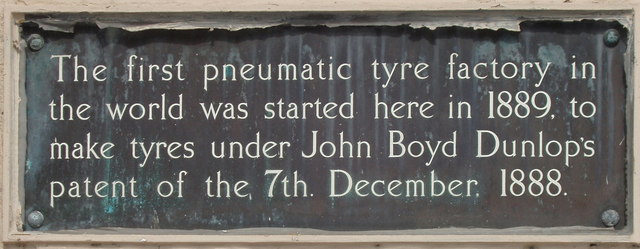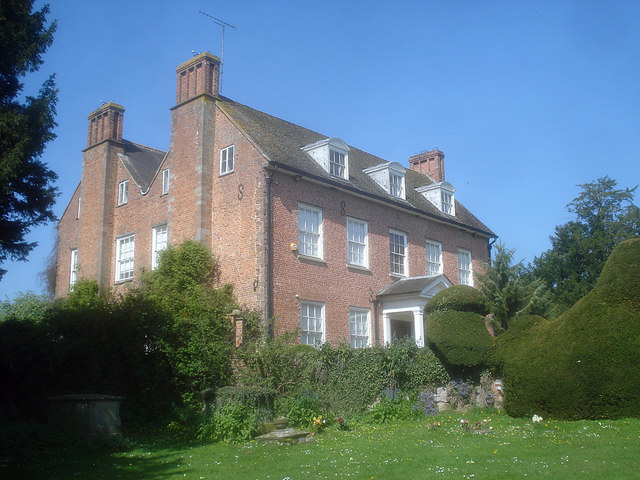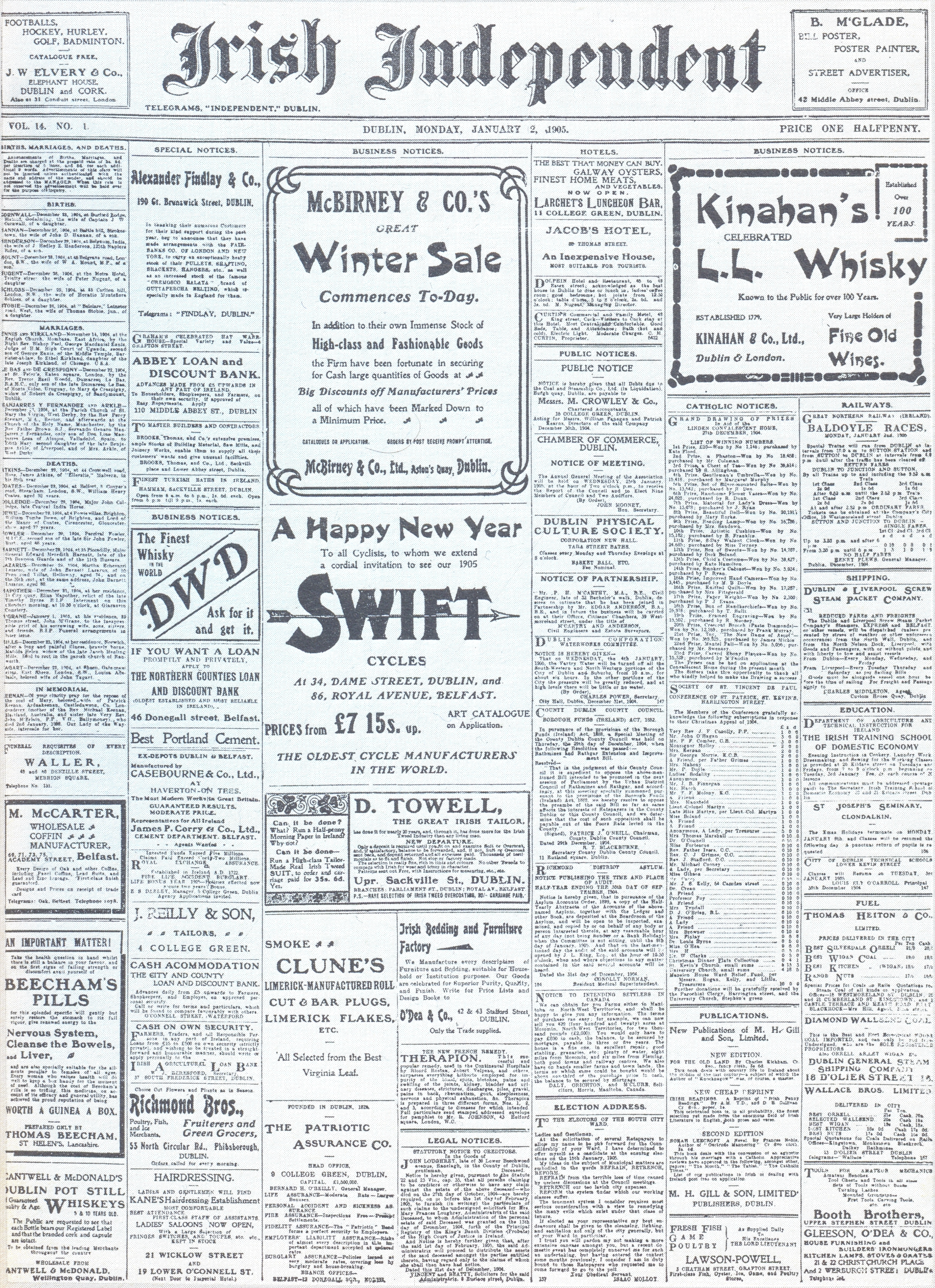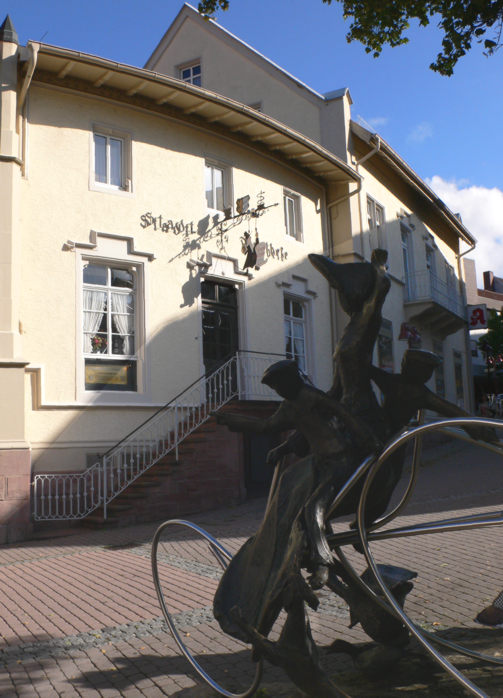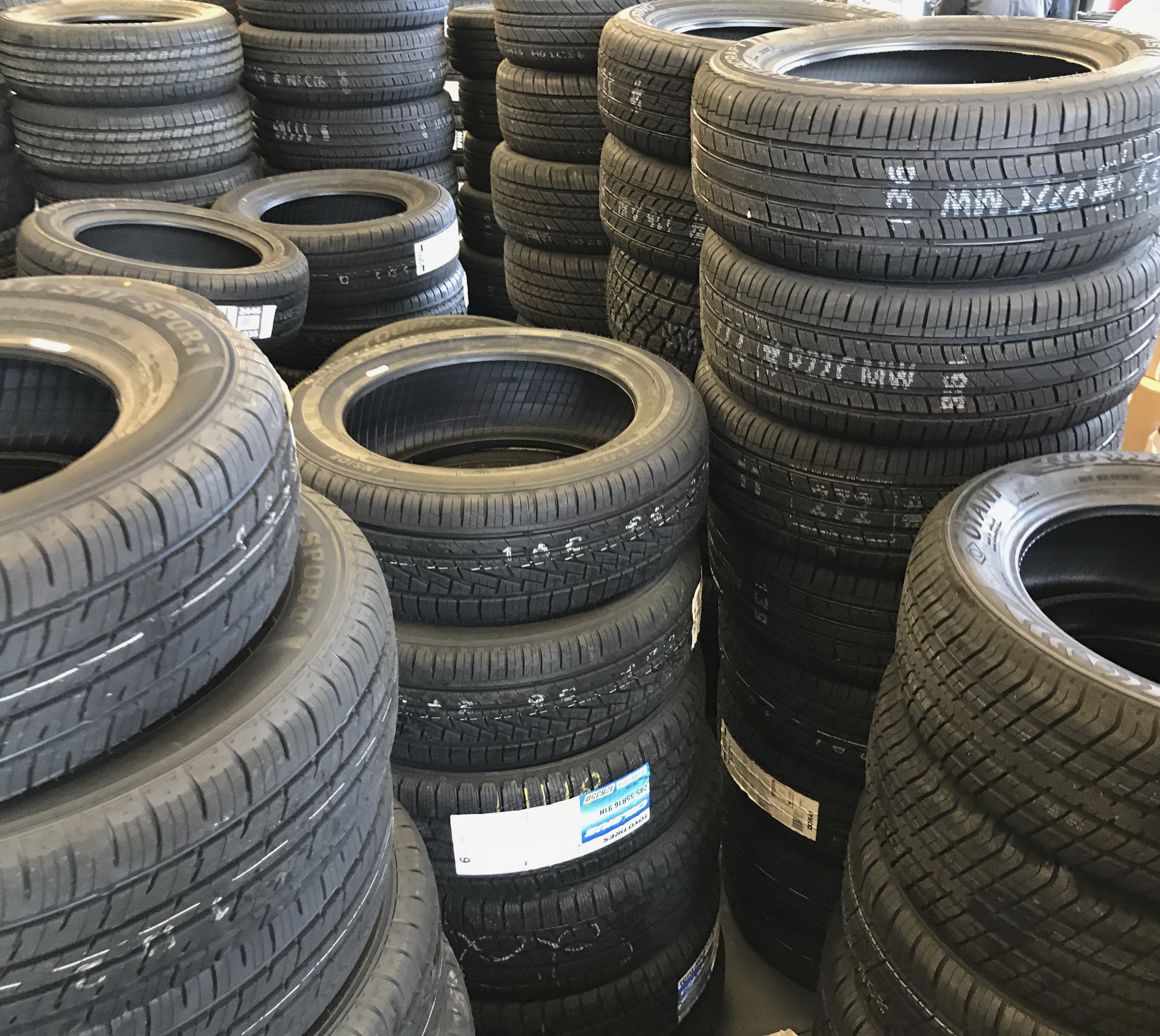|
Stephen Street, Dublin
Stephen Street () is a street on the southside of Dublin, Republic of Ireland, Ireland. It is divided into Stephen Street Upper (western part), connecting Golden Lane, Dublin, Golden Lane to Aungier Street, and Stephen Street Lower (eastern part), running from Aungier Street to Johnson Place. History Medieval Dublin Stephen Street takes its name from the medieval church and later leper hospital of Saint Stephen, located on the site of present-day Mercer's Hospital which was converted from use as a poorhouse around 1709. It was referred to as being used as St Stephen's Hospital from at least 1612. Nearby St Stephen's Green also gets its name from the same source. The church and churchyard disappeared following the uniting of the parish of St Stephen with that of St Michael Le Pole and St. Bride's Church, Dublin, St. Bride's to form the new parish of St Brides in 1684. The street is believed to derive its curved shape from the Embankment (earthworks), embankment that stood o ... [...More Info...] [...Related Items...] OR: [Wikipedia] [Google] [Baidu] |
Saint Stephen
Stephen (; ) is traditionally venerated as the protomartyr or first martyr of Christianity."St. Stephen the Deacon" , St. Stephen Diaconal Community Association, Roman Catholic Diocese of Rochester. According to the Acts of the Apostles, he was a deacon in the early church at Jerusalem who angered members of various synagogues by his teachings. Accused of blasphemy at his trial, he made a speech denouncing the Jewish authorities who were sitting in judgment on him and was then stoned to death. Paul the Apostle, Saul of Tarsus, a Pharisee and Roman citizen who would later become an Apostles in the New Testament, apostle, participated in Stephen's execution. The only source for information about Stephen is the New Testament book of the Acts of the Apostles. Stephen is mentioned in Acts 6 as on ... [...More Info...] [...Related Items...] OR: [Wikipedia] [Google] [Baidu] |
Dublin's City Walls
The walls and fortifications around Dublin were raised by the Ostmen in the 9th century, and the majority of the cities in Ireland remained subject to incursions by native clans until the 17th century. The defences of Dublin would eventually fall into disrepair but continued to serve a purpose as late as 1762 when the auction of the rights to collect tolls at each of the then seven city gates raised £4,000 for the city. Below is a list of the historic Gates of Dublin along the city's ancient boundaries: See also * John Speed's Map of Dublin (1610) References {{History of Dublin Gates Gates Dublin Gates Gates is the plural of gate, a point of entry to a space which is enclosed by walls. It may also refer to: People * Gates (surname), various people with the last name * Gates Brown (1939-2013), American Major League Baseball player * Gates McFadd ... Dublin gates Dublin Gates ... [...More Info...] [...Related Items...] OR: [Wikipedia] [Google] [Baidu] |
Robert Hunter (painter)
Robert Hunter (floruit, fl. 1748–1780) was an Irish painter who specialised in painting portraits. He studied under the elder Pope, and had a considerable practice in Dublin in the middle of the eighteenth century. He modelled his tone of colouring on the painting of old masters. Biography Hunter was born in Ulster at an unknown date. By 1748 he was creating portraits. His early work tended to be Three-quarter portrait, three-quarter portraits with a landscape as a background.Robert Hunter Historical Portraits, accessed December 2009 His daughter, Marianne Trotter, Marianne, was also an artist. She married the portrait painter John Trotter. His portraits were excellent likenesses, if not of the first rank in painting. He had an extensive practice until the arrival of R ... [...More Info...] [...Related Items...] OR: [Wikipedia] [Google] [Baidu] |
John FitzGibbon, 1st Earl Of Clare
John FitzGibbon, 1st Earl of Clare Privy Council of Ireland, PC (Ire) (1748 – 28 January 1802), was Attorney-General for Ireland from 1783 to 1789 and Lord Chancellor of Ireland from 1789 to 1802. He remains a deeply controversial figure in Irish history, being described variously as an old fashioned anti-Catholicism in the United Kingdom, anti-Catholic Whigs (British political party), Whig political party hardliner and an early advocate of the Acts of Union 1800, Act of Union between Ireland and Great Britain (which finally happened in 1801, shortly before his death). He is said to have been an early and extremely militant opponent of Catholic Emancipation (the end of religious persecution, and the limited relaxation of both the religious discrimination and civil disabilities placed upon Catholics throughout the British Isles and the British Empire). The Earl may also have been the first person to suggest to King George III that granting Royal Assent to any form of Catholic ... [...More Info...] [...Related Items...] OR: [Wikipedia] [Google] [Baidu] |
John Hely
Sir John Hely (born c. 1650 – died 7 April 1701) was an English-born judge in Ireland, who held office as Chief Baron of the Irish Exchequer, and who was the founder of the prominent landowning Hely family of Foulkscourt Castle, Johnstown, County Kilkenny. The family is chiefly remembered for developing the village of Johnstown. He was born in London, the eldest son of James Hely. He entered Lincoln's Inn in 1670 and was called to the Bar in 1679. Marriage In 1685 he made a seemingly advantageous marriage to Meliora Gorges, younger daughter of the merchant Ferdinando Gorges of Eye Manor, Hertfordshire, and his wife Meliora Hilliard. Gorges had supposedly made a fortune in Barbados, although there were many who claimed that he was simply a financial schemer (in modern parlance, a confidence trickster) whose fortune was largely imaginary, and he was already in serious financial difficulties by 1685. Hely and Meliora had at least five children: their eldest son, George, was the f ... [...More Info...] [...Related Items...] OR: [Wikipedia] [Google] [Baidu] |
Leinster School Of Music & Drama
The Leinster School of Music & Drama, in Dublin, Ireland, provides tuition and examinations in music and drama throughout Ireland. ''"She beckoned to him with her finger like one preparing a certificate in pianoforte...at the Leinster School of Music."'' (Samuel Beckett) History The school was founded in 1904 by Samuel Myerscough (1854–1932), a well-respected musician, teacher, and examiner. Even in the school's infancy, students travelled to it from all parts of Ireland. In 1909 ''The Musical Herald'' wrote at length of Myerscough's prominence in Irish musical life: "The work by which Mr. Myerscough will be best remembered is the Leinster School of Music, of which he is the founder and inspiring force. .... Pupils came from as far north as Enniskillen, southwards from Waterford, and across from Galway." In December 1941, the Irish Department of Education and Youth, Department of Education recognised the School's Teacher's Music Diploma as a qualification for teaching in s ... [...More Info...] [...Related Items...] OR: [Wikipedia] [Google] [Baidu] |
Irish Newspaper Archives
The Irish Newspaper Archives is a commercial online database of digitised Irish newspapers, and claims to be the world's oldest and largest archive of Irish newspapers. Subscription-free access to the archive is available to users in Irish public libraries and schools. References External links * Online archives Irish news websites Mass media in the Republic of Ireland Newspaper archives {{Ireland-media-stub ... [...More Info...] [...Related Items...] OR: [Wikipedia] [Google] [Baidu] |
Irish Independent
The ''Irish Independent'' is an Irish daily newspaper A newspaper is a Periodical literature, periodical publication containing written News, information about current events and is often typed in black ink with a white or gray background. Newspapers can cover a wide variety of fields such as poli ... and online publication which is owned by Independent News & Media (INM), a subsidiary of Mediahuis. The newspaper version often includes glossy magazines. Traditionally a broadsheet newspaper, it introduced an additional compact size in 2004. Further, in December 2012 (following billionaire Denis O'Brien's takeover) it was announced that the newspaper would become compact only. History Murphy and family (1905–1973) The ''Irish Independent'' was formed in 1905 as the direct successor to ''The Irish Daily Independent and Daily Nation'', an 1890s' pro- Parnellite newspaper. It was launched by William Martin Murphy, a controversial Irish nationalist businessman, ... [...More Info...] [...Related Items...] OR: [Wikipedia] [Google] [Baidu] |
Ulster Volunteer Force
The Ulster Volunteer Force (UVF) is an Ulster loyalism, Ulster loyalist paramilitary group based in Northern Ireland. Formed in 1965, it first emerged in 1966. Its first leader was Gusty Spence, a former Royal Ulster Rifles soldier from Northern Ireland. The group undertook Timeline of Ulster Volunteer Force actions, an armed campaign of almost thirty years during The Troubles. It declared a ceasefire in 1994 and officially ended its campaign in 2007, although some of its members have continued to engage in violence and criminal activities. The group is a proscribed organisation and is on the List of designated terrorist organizations, terrorist organisation list of the United Kingdom. The UVF's declared goals were to combat Irish republicanism, Irish republican paramilitaries – particularly the Provisional Irish Republican Army (IRA) – and to maintain Northern Ireland's status as part of the United Kingdom. It was responsible for more than 500 deaths. The vast majority (m ... [...More Info...] [...Related Items...] OR: [Wikipedia] [Google] [Baidu] |
1970 Dublin Fires
The 1970 Dublin fires were a number of arson attacks in Dublin, Ireland in 1970. At the time, the series of fires were rumoured to have been caused by the Ulster Volunteer Force following a threat that was made stating that “Dublin will burn”. Gardaí later stated that they believed that the fires were unrelated to the threats and were most likely the work of arsonists. Fires Dunnes Stores, Cornelscourt The first fire of the year was on 7 January in the drapery and hardware section of Dunnes Stores in the Cornelscourt Shopping Centre in Cornelscourt causing hundreds of thousands of pounds worth of damage. The Fire Brigade prevented the fire from spreading to the supermarket area. The leader of the Fire Brigade said the fire had started in the roof area and spread rapidly. He said "there were explosions all over the place but nobody knows what caused them". The next day it was announced that Ben Dunne was preparing plans with architects to rebuild the damaged section wit ... [...More Info...] [...Related Items...] OR: [Wikipedia] [Google] [Baidu] |
Filling Station
A filling station (also known as a gas station [] or petrol station []) is a facility that sells fuel and engine lubricants for motor vehicles. The most common fuels sold are gasoline (or petrol) and diesel fuel. Fuel dispensers are used to pump gasoline, diesel, compressed natural gas, compressed hydrogen, hydrogen compressed natural gas, liquefied petroleum gas, liquid hydrogen, kerosene, alcohol fuels (like methanol, ethanol, butanol, and propanol), biofuels (like straight vegetable oil and biodiesel), or other types of fuel into the tanks within vehicles and calculate the financial cost of the fuel transferred to the vehicle. Besides gasoline pumps, one other significant device which is also found in filling stations and can refuel certain (compressed-air) vehicles is an air compressor, although generally these are just used to inflate car tires. Many filling stations provide convenience stores, which may sell convenience food, beverages, tobacco produc ... [...More Info...] [...Related Items...] OR: [Wikipedia] [Google] [Baidu] |
Pneumatic Tyre
A tire (North American English) or tyre (Commonwealth English) is a ring-shaped component that surrounds a wheel's rim to transfer a vehicle's load from the axle through the wheel to the ground and to provide traction on the surface over which the wheel travels. Most tires, such as those for automobiles and bicycles, are pneumatically inflated structures, providing a flexible cushion that absorbs shock as the tire rolls over rough features on the surface. Tires provide a footprint, called a contact patch, designed to match the vehicle's weight and the bearing on the surface that it rolls over by exerting a pressure that will avoid deforming the surface. The materials of modern pneumatic tires are synthetic rubber, natural rubber, fabric, and wire, along with carbon black and other chemical compounds. They consist of a tread and a body. The tread provides traction while the body provides containment for a quantity of compressed air. Before rubber was developed, tires were ... [...More Info...] [...Related Items...] OR: [Wikipedia] [Google] [Baidu] |
